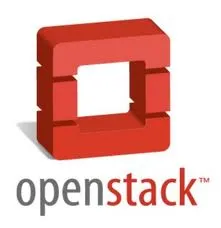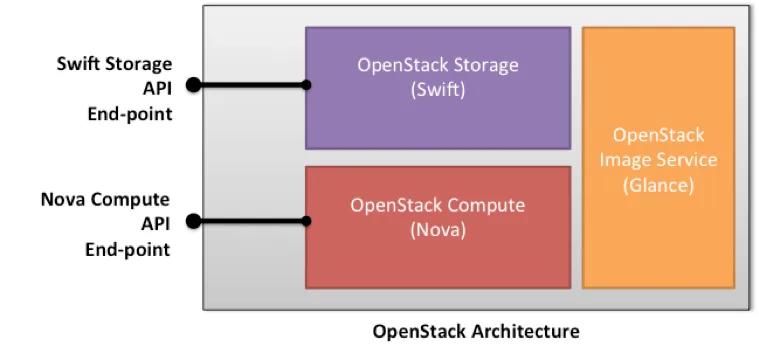
Unlike the commercial implementations, OpenStack is Hypervisor agnostic. Instead of focusing on building a new Hypervisor, it is designed to run on popular Hypervisors including Citrix XenServer, Microsoft Hyper-V, Xen, KVM, VMware ESX and others. This enables enterprises and service providers to setup a cloud based on their existing Hypervisors thus protecting their investments. So, what are the key components of OpenStack? The basic requirement for any IaaS environment is compute and storage services. In the case of Amazon Web Services, EC2 and S3 deliver the compute and storage services. Beyond these two core services, IaaS also needs a service to catalog and manage the virtual machine images. Of course, there are many other key components that make the offering more complete and mature, but compute, storage and VM catalog manager forms the core of an IaaS platform. OpenStack’s compute service is code-named Nova, the storage service is code-named as Swift and the catalog manager is code-named Glance. These three form the building blocks of OpenStack.
Let’s take a closer look at these services.

OpenStack Compute (Nova)
This is responsible for the provisioning of VMs, managing networking of VMs and creating redundancy of the compute layer. It exposes API and provides the control panel to manage the environment. Nova is designed to run on all major Hypervisors. It also runs a fabric to orchestrate and coordinate the VM provisioning and de-provisioning across multiple physical machines. Nova is the foundation for large cloud deployment that spans data centers and locations. This closely resembles the Amazon EC2 environment.
OpenStack Storage (Swift)
Swift is the object store of OpenStack that is based on Rackspace CloudFiles. It is designed to handle Petabytes of storage using the standard commodity hardware. Swift is massively scalable and provides redundant object storage. Objects are written to multiple physical storage devices to ensure data integrity and redundancy. The structure of Swift is comparable to Amazon S3 environment. The APIs are compatible with Amazon S3 API and just by changing the end-point, existing Amazon S3 based applications can talk to Swift.
OpenStack Image Service (Glance)
Glance provides discovery, registration and delivery services for virtual disk images. It maintains the metadata of the VM images that can be queried to get a catalog of existing images. It can also maintain the details of images stored on Amazon S3. Glance supports many formats of virtual disk images including AMI (Amazon EC2), VHD (Microsoft Hyper-V), VDI (Oracle VirutalBox) and VMDK (VMware).
With OpenStack quickly becoming an alternative to commercial IaaS offerings, it is time for enterprises to evaluate OpenStack for their Private Cloud deployments.
-Janakiram MSV, Chief Editor, CloudStory.in






